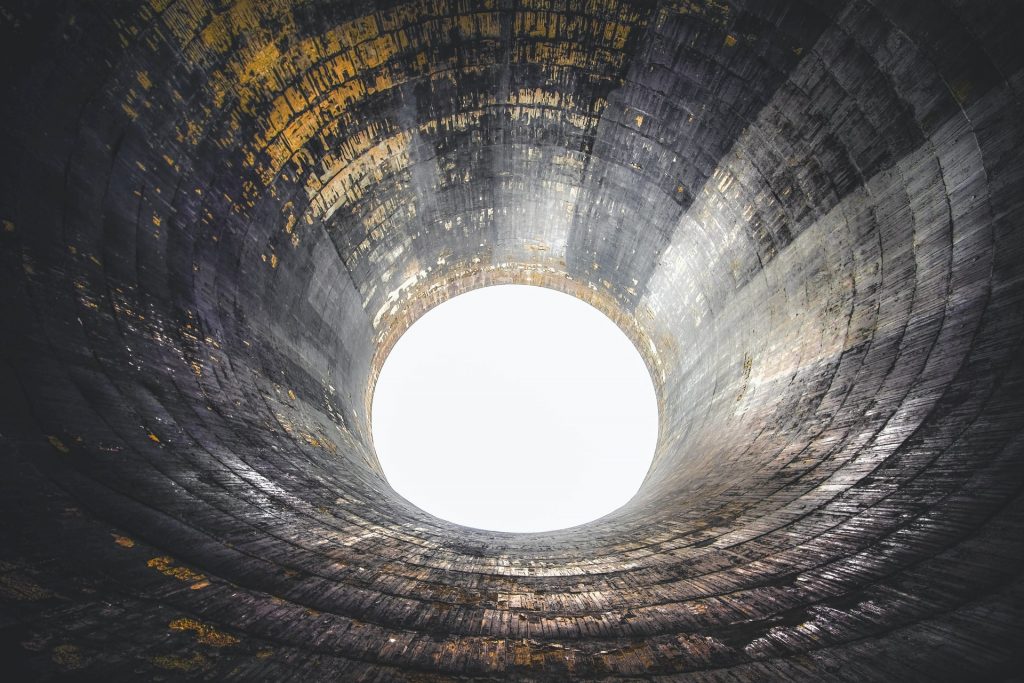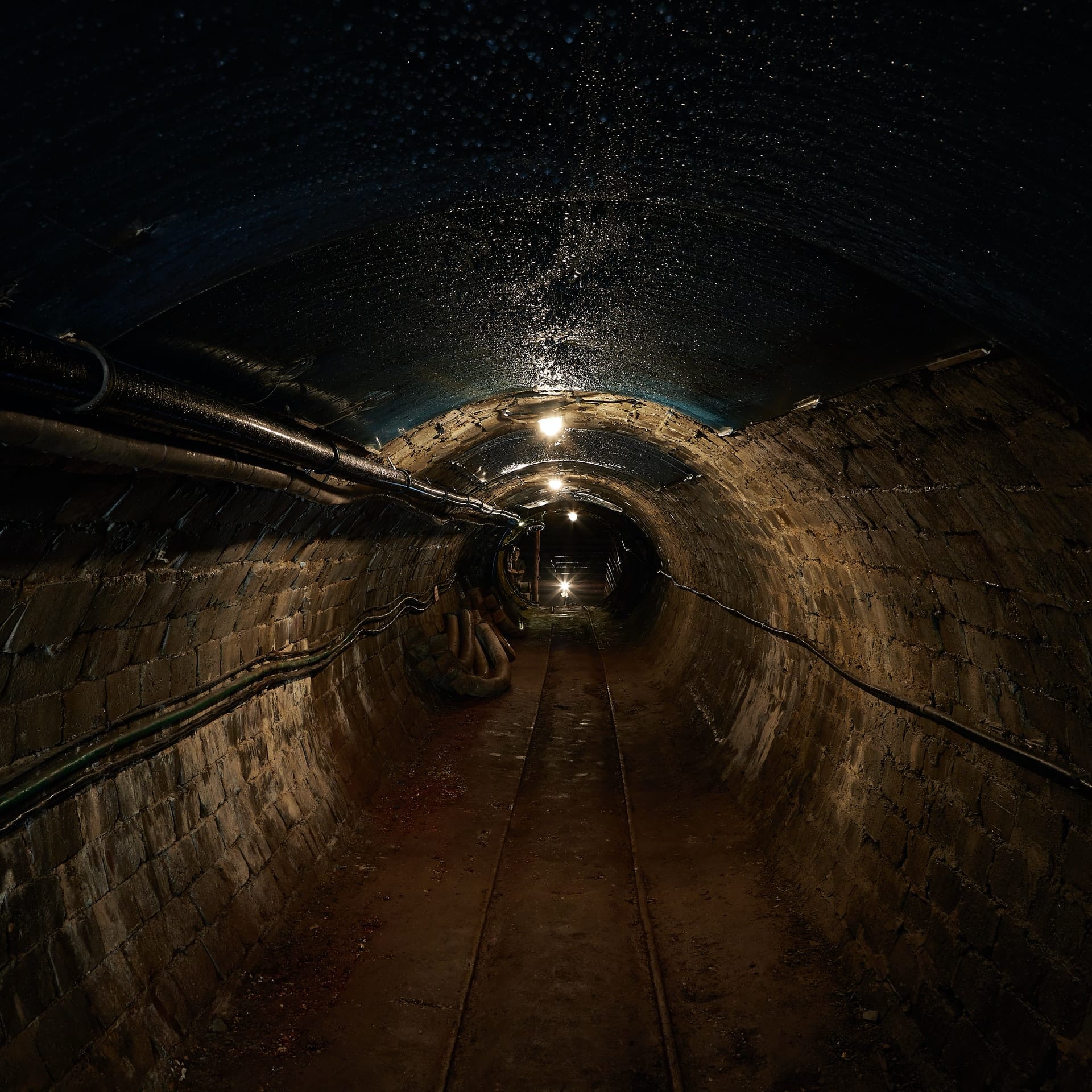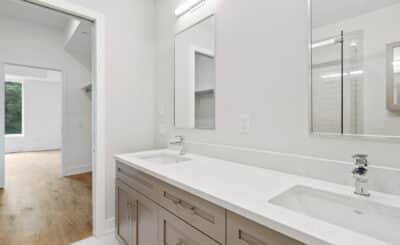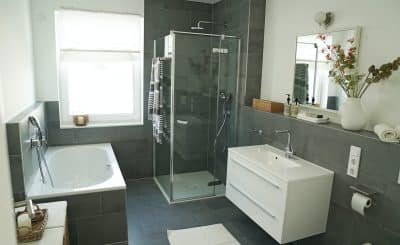There are several types of sewage pipe fittings. These fittings are used for various purposes, including connecting sewage pipes and drain lines in back-to-back fixtures. Learn about these types of fittings and their uses below. Some examples of wyes include double combination wyes and curved wyes. Wyes are often used to lessen wastewater flow by minimising the distance from the inlet to the outlet.
Grooved Fittings
If you’re looking for a quick and easy solution for installing a sewage system, grooved piping fittings are an excellent option. Not only are they easy to install, but they are also low-maintenance. The pipe fittings are pre-assembled and are easy to operate in small working spaces. These types of pipe fittings also have the added benefit of being NSF/ANSI-61-compliant.
Installation times are significantly reduced with these types of couplings, which is a major benefit for contractors. Grooved couplings typically require just one person to install, and they offer significant installation benefits. Upon installation, you’ll need to clean the end of the pipe and apply the appropriate gasket. Certain gaskets are formulated for water service while others are formulated for petroleum service. You’ll also want to apply a lubricant to the gasket’s exterior and sealing lips, so they’ll stay in place and prevent leakage.
Another benefit of using groove pipe fittings is that they don’t require as much installation space. Installation time is reduced and costs are reduced as well. Grooved piping fittings also offer convenient maintenance conditions. You can rotate, replace, or modify the coupling as needed, and you won’t have to tear out the surrounding walls. You can install them yourself, too, with just a wrench and a few tools.
Compression Fittings
Despite their name, compression pipes are not intended to extend the pipe. Double compression pipes will likely not last very long due to rotational movement. Compression fittings can also be used as sweat connections. There are several things you should keep in mind when installing compression pipes. First, the pipe you use must be the right size. Next, determine what material your pipes are made of. The same size compression fitting will fit 1/2-inch PVC pipe and 3/4-inch copper tube.
Before installing the compression pipe fittings, make sure that the pipe is properly lubricated. This will prevent the fitting from being loosened beyond its resistance. To test your connection, turn on the water slowly and make sure the pipe is secure. If there is a leak, tightening the compression nut may be necessary to stop it from leaking. It will take a little practice to get it right, but even experienced plumbers need to make slight adjustments to ensure a secure connection.
When replacing a compression fitting, make sure to avoid reusing the old components. For example, a used nut may not fit well in the new pipe. Always buy new parts when you need to replace an old one. If you reuse the old part, it will leak sooner than you expected. Consequently, compression pipes should not be reused. Once the old one leaks, you should replace it.
Slip-Joint Connectors
Slip-joint connectors for sanitary and sewage pipe fittings have three main advantages. First, they are compatible with a wide range of materials and can be installed in the field without the need for factory welding. Second, they don’t require any flanges and can be installed in the field even after cutting the pipe to length. Meanwhile, flange connections require factory welding, and can’t be installed on site because they need to be cut to length at the factory. Moreover, they’re sensitive to differences in temperature, thickness, and dissimilar metals.
Third, slip-joint connectors provide reliable connections between two pipes. But as with any other connection, they only work well if they’re used for their intended purpose. Sink drains are a common application for slip-joint fittings, but their usefulness is not limited to sewage pipes. For example, slip-joints are useful in kitchen drain systems. They can be easily installed, because the fittings fit inside the pipe. And because they can be inserted easily without the need for cutting the pipe, they are easier to install and maintain.
Slip-joints also have a patented feature that prevents internal leaks. Because they connect two pipes with the same nominal size and schedule, inside connectors are the ideal choice for certain applications. Because they make the pipe surface continuous, inside connectors are more advantageous when space is limited. As a result, they’re the best choice in tight spaces where space is at a premium. You can find slip-joints and other sewage pipe fittings online, and all it takes is a quick search on Google. You have to be sure though that you know the exact ones you need. The good thing is, stores now have staff ready to answer your queries online or via phone call.
Non-Return Or Check Valves
There are two types of non-return or check valves in a sewage pipe. Brass and stainless steel are the most common materials for this type of valve. While both materials have excellent properties, the former is less resistant to air and water, and the latter is more sensitive to heat and chemicals. The former is typically used in smaller applications, and stainless steel is the most durable option for large-scale applications.
Ball check valves have a ball-like closing member that actuates in the direction of flow but closes when reverse flow occurs. The ball seat is designed to prevent backflow and ensure trouble-free operation. This type of valve features low friction loss and minimum pressure drop. It also features a conically tapered interior seat, which guides the ball into the seat and forms a positive seal when reverse flow is stopped.
A non-return or check valve in a sewage pipe fitting can be a key component in protecting against backflow. This type of valve is required in water installations for many different reasons. One of these reasons is to prevent contamination of potable water that is located in the sewage system. A non-return valve is not a recognised backflow prevention device, but it can help prevent reversing the flow of waste.
Threaded Connectors
Sewage pipe fittings are often made with threaded connectors. These pipe connections are designed to be permanent once installed. However, if you have a problem with your connection in the future, you might need to cut out the pipe and reconnect it. Threaded connectors come in various shapes and sizes, and the different types of connectors are listed below. Listed below are some common types of threaded connectors for sewage pipes.
- Female PVC Fittings – are usually fitted with MPT (Male Pipe Thread) ends. These female threaded parts are easier to separate. A couple of turns on a female threaded fitting can cause it to split. For this reason, most female fittings use MPT ends. Threaded connectors for sewage pipes should be installed with extreme care. However, if you are not sure about the quality of female fittings, you can always read more information about them.
- Plug & Drain – is another type of sewerage pipe fitting. It is made to cap off a sewer line securely. These fittings can either be threaded or glue-on, depending on the style. Both types work equally well in plugging and draining systems. Additionally, they provide easy access to the system and allow you to fix any problem quickly. They are also available in several sizes. When repairing a sewer line, plug and drain fittings are an ideal solution.
Unions
A union is an interlocking pipe fitting that allows two pipes to be connected without having to separate them in the future. Unions are threaded and are made up of three parts: a male and female end and a nut. The nut provides pressure to seal the joint and prevent leaks. These fittings are typically used on public engineering occasions involving a low-pressure pipe or a small volume of water.
Unions are generally used for small diameter pipelines and threaded piping. In larger pipe diameters, flanges or couplings are used. However, in many situations, a union may be the only viable option. Here are some tips to ensure a union is the right choice for your project. You may also need to install pipe-union fittings strategically to avoid leaks.
Schedule 40 PVC unions are made from PVC and are used to connect two pipes. They require no adhesive and are the best option for systems that may be taken apart or updated. They meet all standards set by NSF/ANSI 14 and 61. They can be used for residential and outdoor plumbing. If you’re worried about leaks, PVC unions can be a good option. Many unions come in multiple shapes and sizes.
Industrial Wyes
Wyes are commonly used to connect horizontal drainpipes to vertical ones, reducing entrained solids. They are often spot welded, but industrial strength wyes are flash welded every seam. Industrial wyes are also used in long-distance pipelines to allow pigging to keep the line free from clogs and maintain the flow. Industrial wyes for sewage pipe fittings are made of high-quality plastic and are available in a wide range of colours and sizes.
Industrial wyes for sewage pipe fitting are an important part of piping systems and are widely used in a variety of applications. They are similar to tees but feature angled branch lines to reduce friction. The angle of the branch line is usually 45 or 90-degrees. Industrial wyes are ideal for large-diameter piping. If you are planning to use industrial wyes, be sure to consider the following factors to ensure a secure connection.
Firstly, sanitary tees are very similar to wyes. They also have short sweep bends and angles branch lines for a smooth transition. When installing wyes, it is important to use a sanitary tee in place of a vent tee to ensure proper flow. Avoid laying the sanitary tee on its back with the side opening exposed. Upstream splashing of waste could lead to clogging of the tee. Industrial wyes are also useful when branching lines or pigging needs.

As a homeowner, it’s important to be familiar with the different types of sewage pipe fittings that are available. After all, you never know when you might need to replace a broken pipe or make a repair. Knowing which type of fitting to use for each situation is essential for any plumbing project. With this information in mind, you’ll be well on your way to tackling any repair or replacement job that comes your way.








